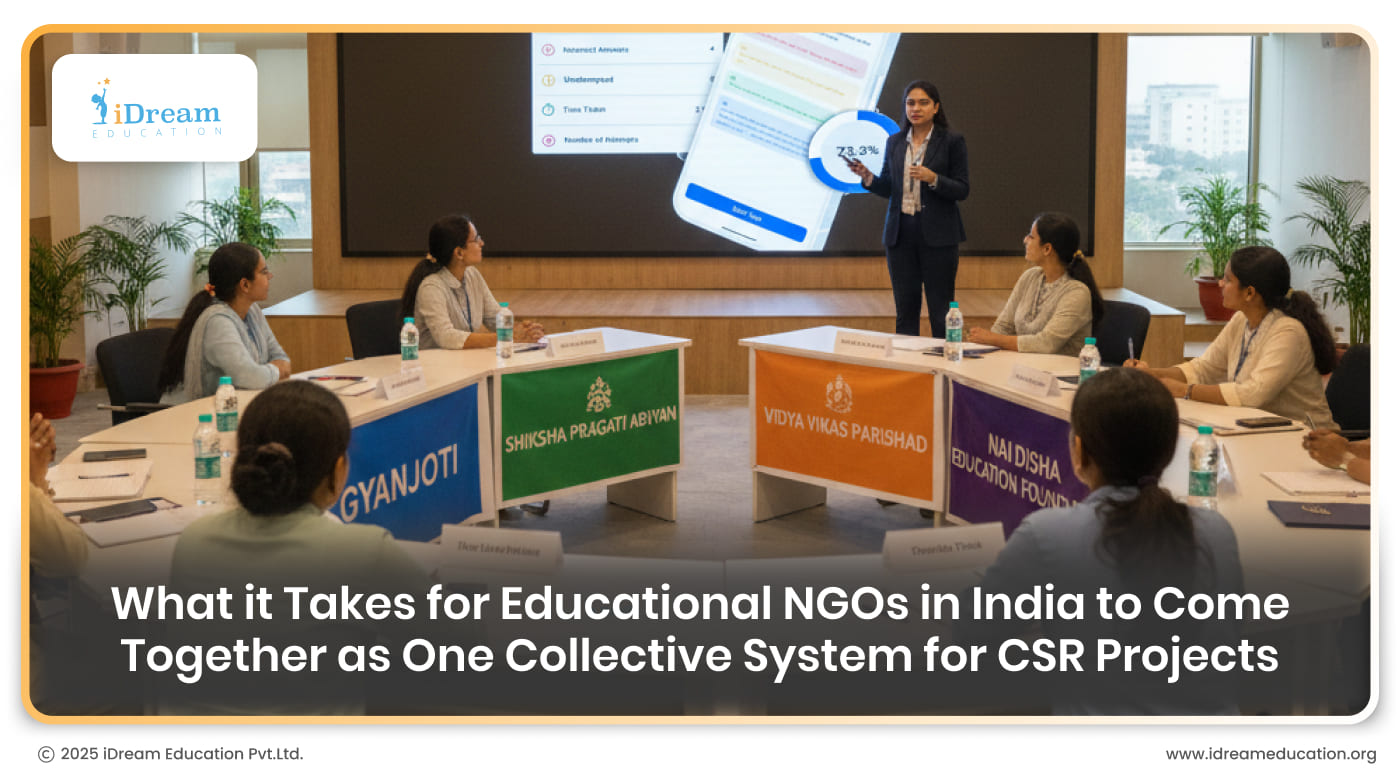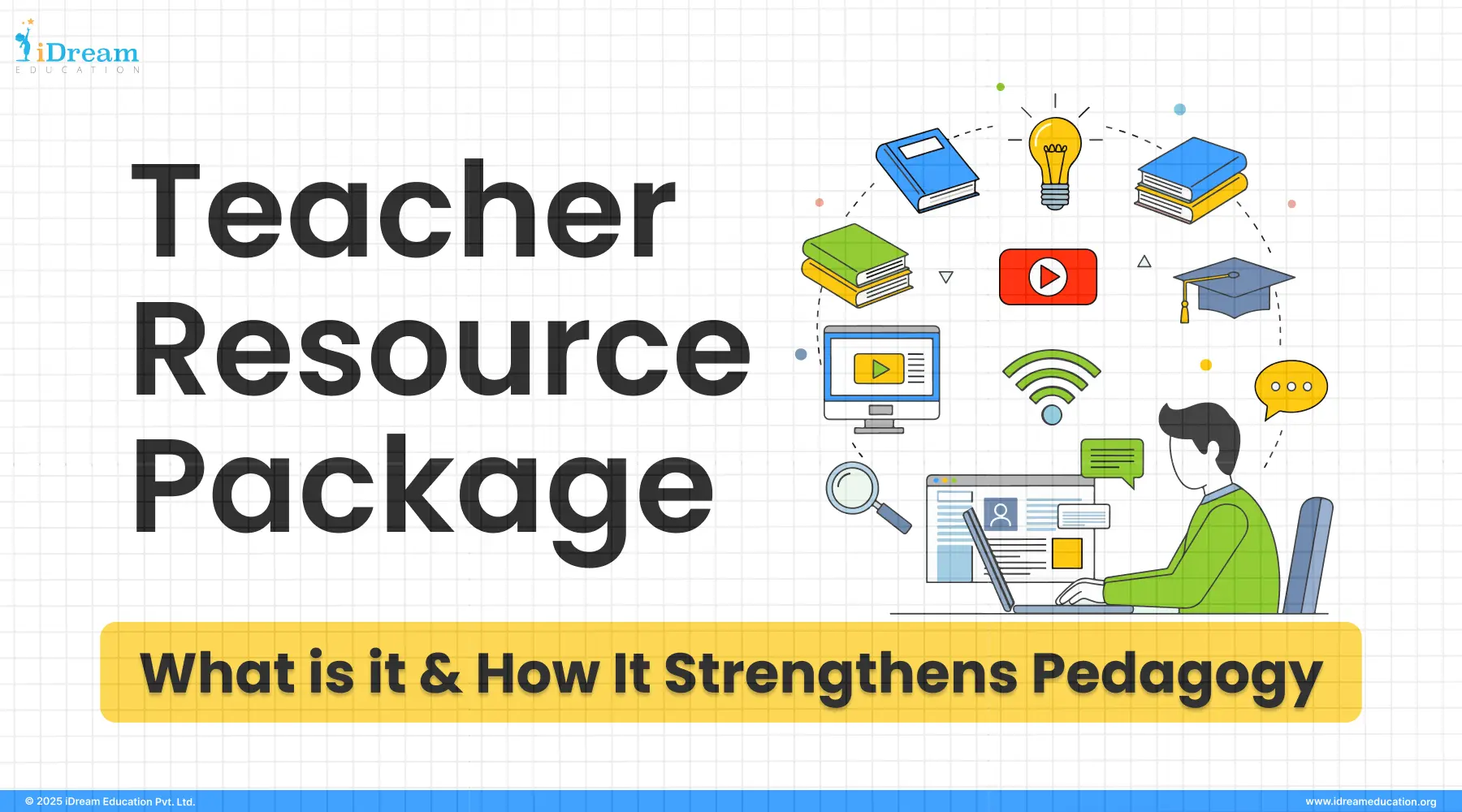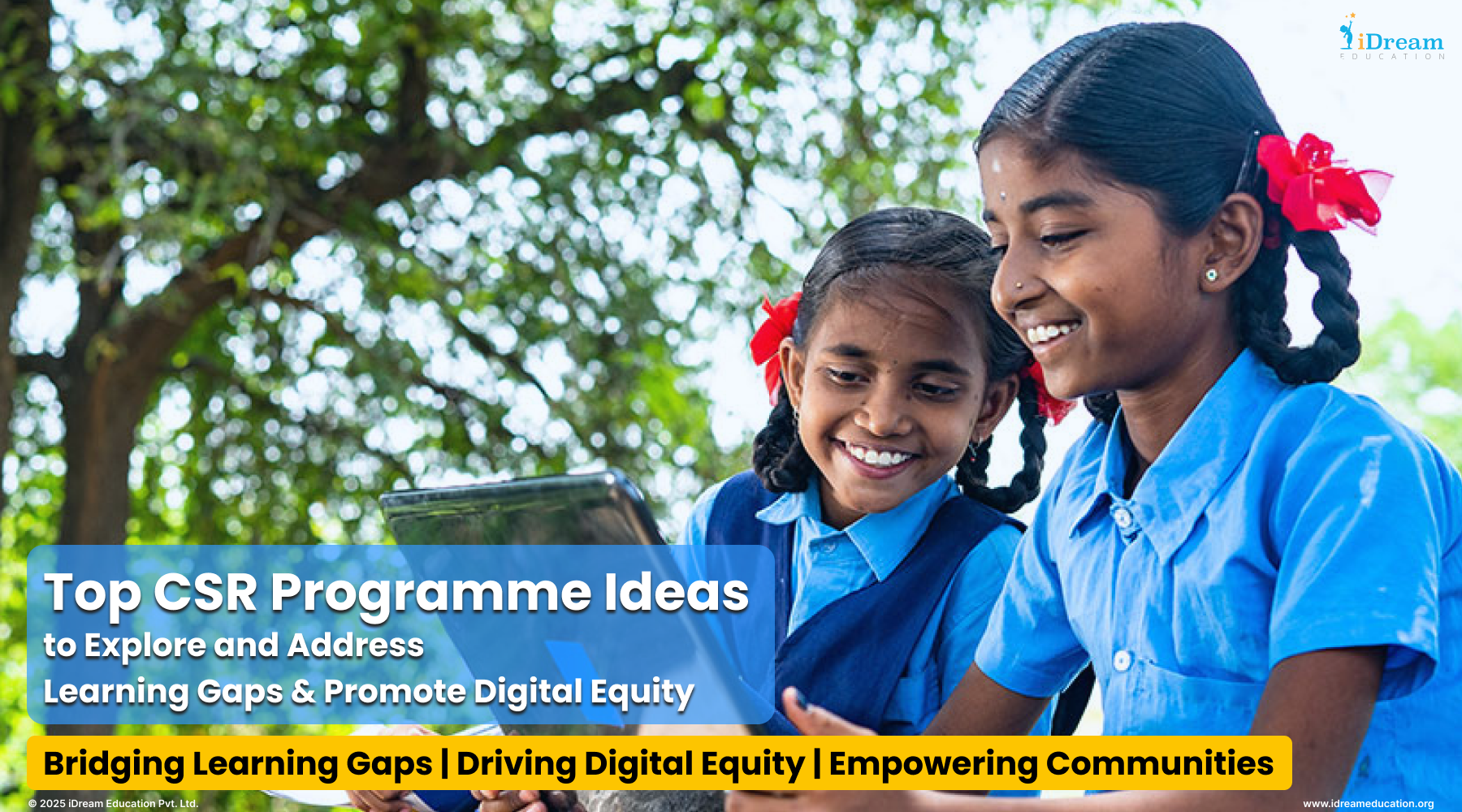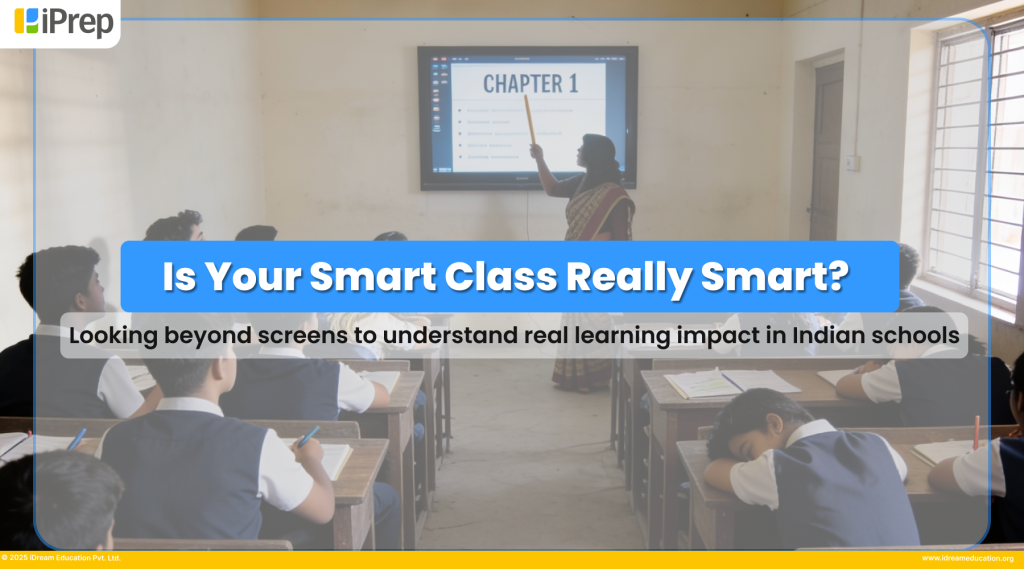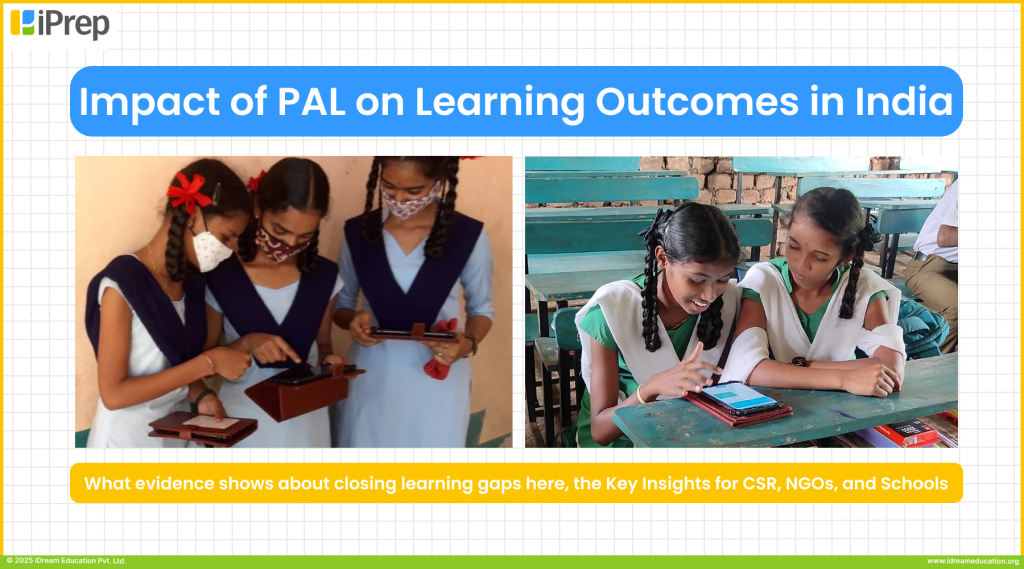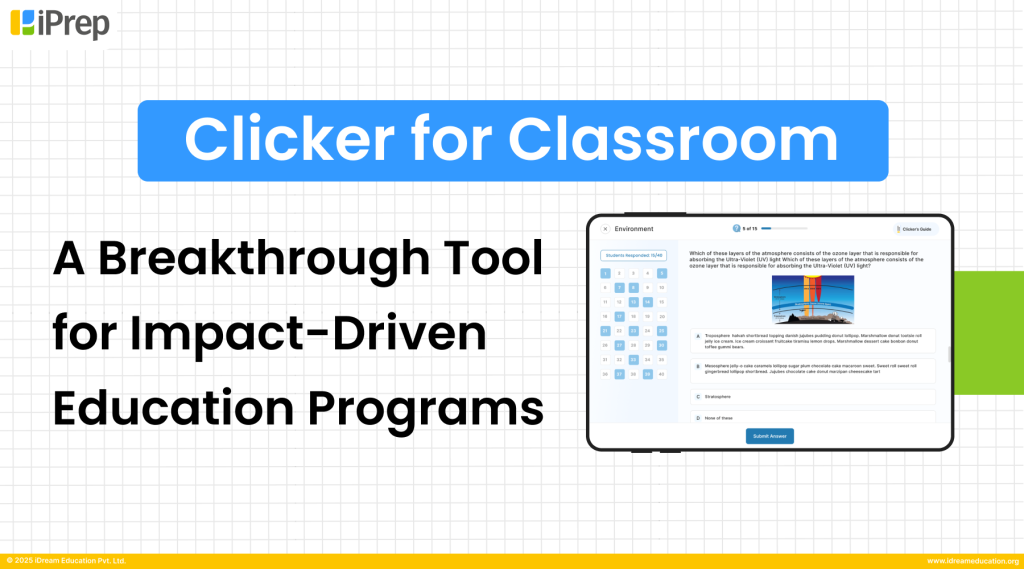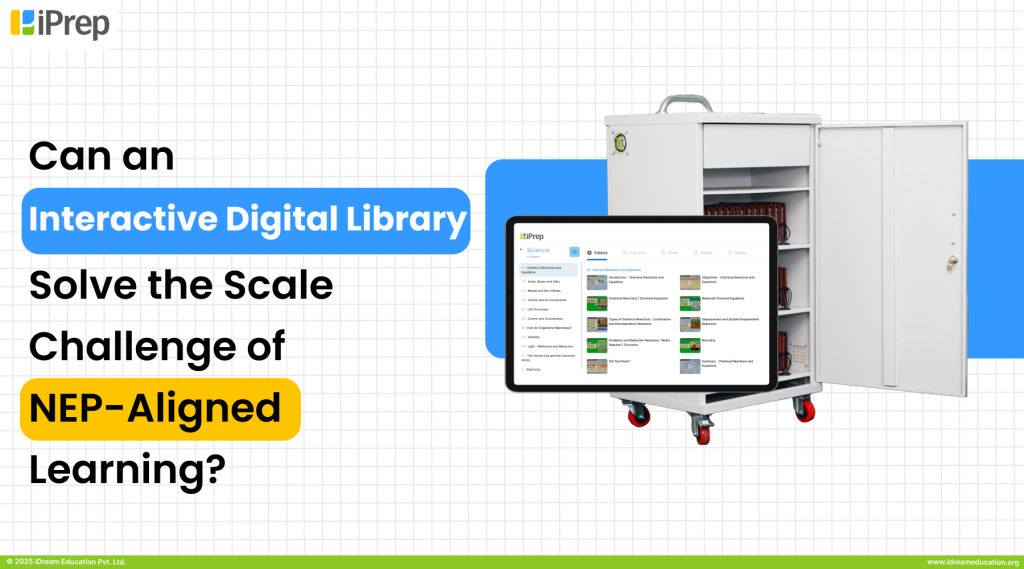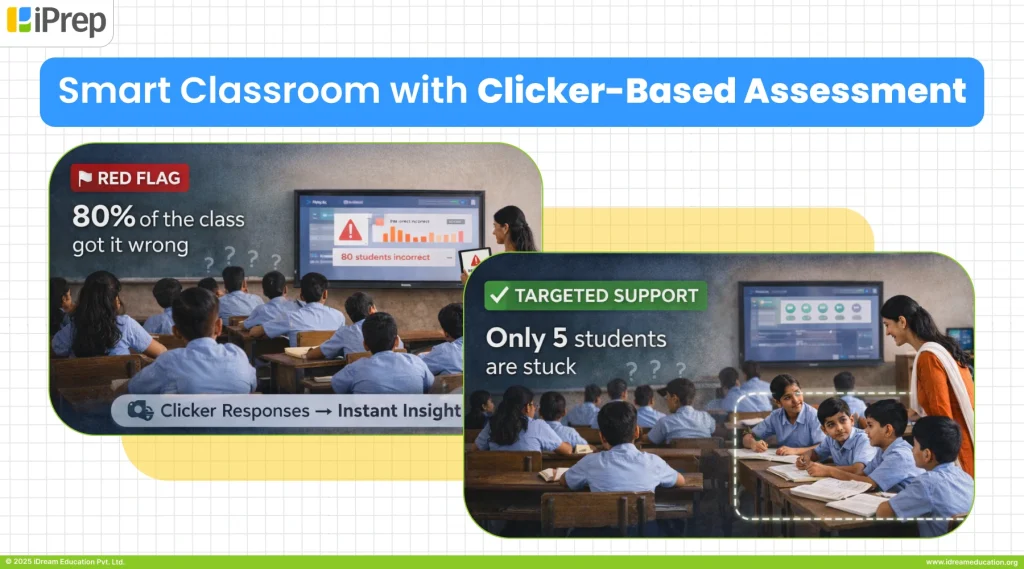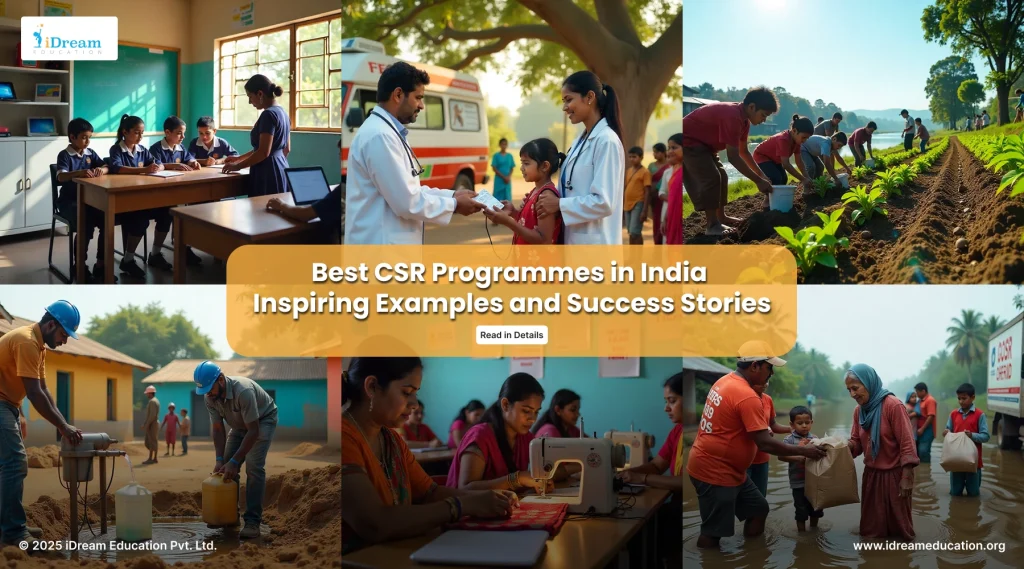
In India, the best CSR programmes aren’t just about signing a cheque and moving on, it built on a mix of clear vision, local know-how, and the patience to see change through. These efforts stay with communities for the long haul, whether it’s helping schools build skills or bringing digital tools to places that have never had them. The focus is simple, solve real problems and leave things better than they found them.
Popular CSR activities in India range from improving health services to ensuring clean water access and working alongside education-based NGOs. Companies that help in CSR are now taking a more strategic path, focusing on tracking results, adapting as challenges come up, and building strong ties with local communities.
Through real success stories and a closer look at what makes the best CSR programmes in India, this blog explores how well-planned initiatives can turn corporate responsibility into
What Makes the CSR Programmes in India Effective
The best CSR programmes don’t just tick a compliance box, they start with a clear goal and an honest understanding of the people they’re meant to help. In many cases, this means going far beyond quick fixes to focus on projects that will last.
Companies that take CSR seriously often partner with local teams who know the ground reality better than anyone. Sometimes that looks like digital library providers working alongside schools, other times it’s community-led skill development initiatives. Either way, the collaboration makes the work relevant and more likely to stick.
Money matters, too. Deciding where to spend the CSR budget can decide whether a project fizzles out or takes root. The most effective programmes don’t just put funds into buildings or equipment, they also invest in training, support, and follow-up. That’s how short-term activities become long-term change.
Take education, for example. It’s not just about giving away devices or textbooks. Strong CSR projects train teachers to actually use the tools well, like through the best digital library for schools initiatives that tie in with PM SHRI and Samagra Shiksha. When done right, the benefits keep flowing for years, even after the funding ends.
And the really good programmes? They adapt. As communities change, these projects adjust plans, gather feedback, and openly share progress through monitoring systems. That openness builds trust and often attracts new partners who want to get involved.
Bit by bit, the best CSR programmes don’t just make a difference in one place; they create models that can be repeated in many more.
A Wide Spectrum of CSR Programmes Shaping India’s Future
The landscape of CSR in India covers a wide range of issues, as there are so many challenges to overcome in this area. From health and education to environmental action and skill development, each programme is shaped to solve a specific problem while aiming for results that last.
In health, for example, companies often work on maternal and child care, sanitation drives, or disease prevention campaigns. Many partner with education-based NGOs and government schemes to get these services into areas that are otherwise hard to reach. On the environmental front, you’ll find CSR projects tackling water conservation, promoting sustainable farming, or setting up renewable energy systems all helping India stay on track with its sustainability goals.
Education still takes up a big share of CSR activity, but it’s just one piece of the puzzle. Skill development programmes are also in the mix, designed to give young people practical, job-ready abilities that go beyond classroom learning. In a country with such a large youth population, this can make a huge difference to economic growth.
Some of the most effective CSR initiatives mix these areas together. Upgrading digital infrastructure in schools through digital library for education projects, for instance, doesn’t just help students study, it also opens doors to online vocational courses, boosting skills in the process. That kind of integration can double the impact of a single project.
Companies that help in CSR understand the importance of working with experienced CSR implementation partners to ensure that programmes align with national policies like NEP 2020 and leverage schemes such as PM SHRI and Samagra Shiksha. These collaborations enable CSR to complement government efforts and scale impact.
Additionally, the most popular CSR programmes emphasise community involvement, ensuring that local voices guide project design and execution. This participatory approach fosters ownership and increases the likelihood of sustainable success.
At its best, CSR in India is no longer about scattered acts of charity. It’s becoming a thoughtful, multi-sector effort, one that’s capable of sparking real, long-term change.
What Makes the CSR Programmes Successful
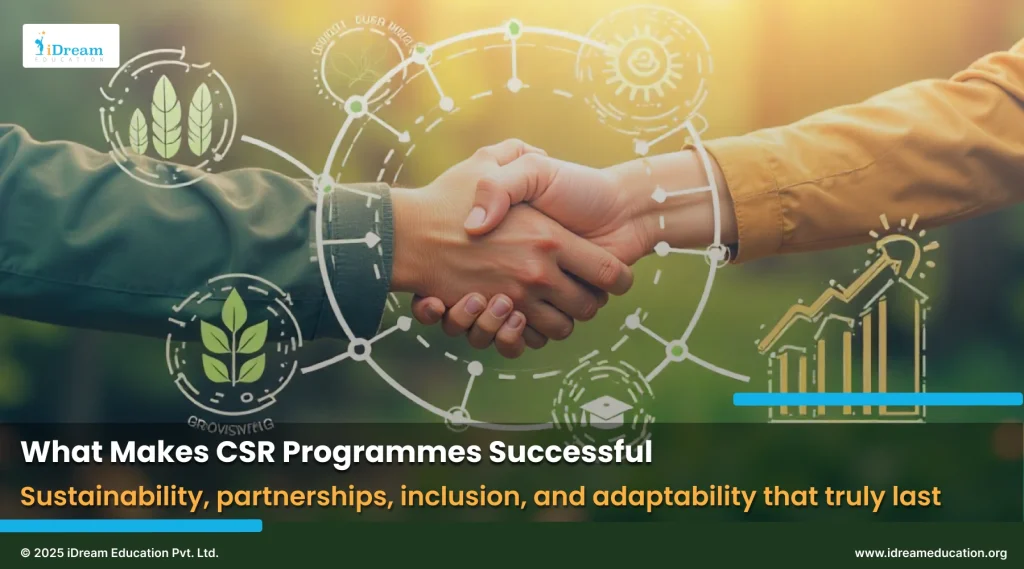
Most successful CSR initiatives don’t start with a big checklist, they start with conversations. Someone sits down in the community, asks what’s really needed, and then shapes the work around that. It sounds simple, but it’s the reason some projects last and others fade away.
- Sustainability is another big one. Most CSR work fails because the donation is made quickly without any follow-up. Do the programmes work? The organisation trains people, builds infrastructure, and provides support long after the ribbon-cutting ceremony.
- Good partners matter too. Local NGOs, community groups, and even government departments know the ground reality, and teaming up with them builds trust and reach.
- Flexible plans change as life changes. The best programs pay attention to what’s working, tweak it. Successful CSR initiatives remain open to feedback and adjust their strategies as community needs evolve.
- It can make a huge difference to align efforts with government initiatives such as PM SHRI and Samagra Shiksha when it comes to a CSR project. Something as practical as offline, curriculum-linked digital content means kids can keep learning even when the internet is spotty.
- In education-focused csr projects, aligning efforts with government schemes adds another layer of effectiveness. Providing digital content that is curriculum-aligned and accessible even without the internet ensures wider reach.
- Skill development programmes work best when they respond to actual job market needs, enabling young people to gain employment and independence.
- Promoting inclusion and gender equality further strengthens social impact and ensures benefits reach everyone.
Ultimately, sharing stories of success inspires and encourages ongoing support. Recognising achievements helps sustain momentum and fosters a sense of shared purpose.
Together, these elements create CSR programmes that are thoughtful, adaptable, and deeply connected to the communities they aim to uplift.
Challenges Faced by CSR Programmes and How They Overcome Them
Running CSR programmes across India sounds inspiring, and it is, but it’s not without headaches. The first hurdle many teams hit is infrastructure. In some rural and tribal areas, electricity cuts are part of daily life, and internet access can be patchy at best. That makes delivering digital learning or keeping projects running smoothly a real challenge. A school might have the devices but no steady power to charge them.
Then there’s the cultural side of things. A great idea on paper can flop if it doesn’t fit local realities. If content is only in English, for example, a whole group of students might be left out. The CSR programmes that thrive tend to offer multilingual options, bring in local voices early, and adapt to community norms instead of imposing outside ones.
Sustainability is another tricky piece. Plenty of projects start strong but stall the moment funding slows. To avoid that, effective programmes train teachers, involve community members in upkeep, and team up with NGOs or government bodies who can keep things going. In some cases, this includes digital library implementations that communities can manage themselves, ensuring educational access remains even without constant external support. It’s about setting up routines so the impact doesn’t fade when the cameras leave.
And finally, measurement. It’s surprising how many initiatives skip proper tracking. Without good data, it’s hard to know what’s working or what’s not. The ones that get it right use regular monitoring to see how people are engaging, what outcomes they’re getting, and where to make adjustments.
By tackling these challenges head-on, CSR efforts move from being short-lived experiments to becoming real, lasting assets for the communities they serve.
Inspiring Examples of Best CSR Programmes Across India
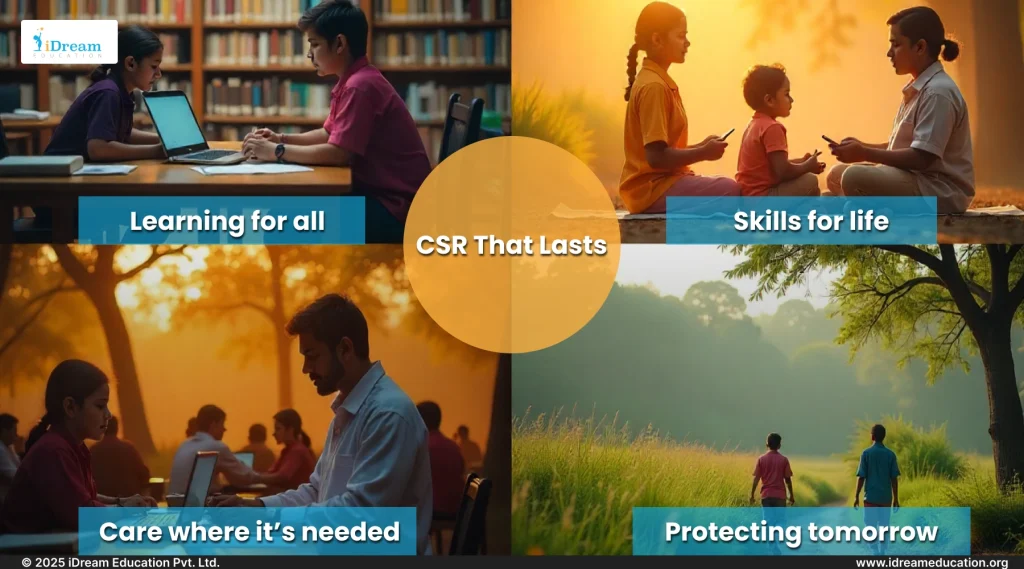
India has no shortage of CSR work worth talking about, but a few projects stand out for the way they’ve woven themselves into the lives of the people they aim to help. They aren’t just about ticking boxes or dropping donations and walking away, there’s a sense of follow-through and local ownership that keeps them running long after the ribbon-cutting photos are taken.
- Take the Infosys Foundation. Instead of focusing solely on big urban schools, they’ve been setting up a mix of physical and digital libraries in rural areas, many of them completely offline. For kids in villages with patchy or no internet, this has been a quiet game-changer. Teachers tell stories of students who barely touched a book before now queuing up to borrow one.
- In Jharkhand, Tata Steel’s Tribal Education Programme feels more like a bridge than a project. They’ve introduced bilingual e-learning platforms, so lessons are in both regional languages and Hindi/English. This way, children don’t lose touch with their culture while they pick up new skills. Parents say their children are more confident in school, and local teachers report better grades.
- Over in Haryana, the M3M Foundation has taken a very practical route. Their Primebook programme doesn’t just hand out gadgets, the tablets they provide are loaded with curriculum-specific material. That means even if the internet goes down (and it often does), learning doesn’t stop. It’s a small tweak in planning that saves costs and headaches later.
- Then there’s Reliance Foundation’s Rural Digital School Network. By recognising that supplying equipment is not enough for improvement, they then work with teachers. Teach how to use digital tools, and ask community volunteers for help whenever the teachers need. It’s less focused on installing tech and more about making sure it becomes part of daily classroom life.
These examples showcase how the CSR programmes combine innovation, cultural awareness, and long-term partnerships. They move beyond charity to build systems that empower communities and create lasting social impact.
Key Factors That Make CSR Programmes Successful in India
If you look closely at the CSR projects that actually stick, the ones people talk about years later, they’ve got a few things in common. And no, it’s not just about throwing more money at the problem.
- For starters, they listen. Before the first rupee is spent, the teams behind these programmes sit with the people they’re hoping to help and ask the right questions. Without hearing directly from the community itself, what they need most is often not as apparent as it should be. Skipping this step often leads to well-intentioned but short-lived projects.
- The next big win comes from working alongside existing government schemes. Programmes like Samagra Shiksha or the PM SHRI scheme already have reach and infrastructure in place. Smart CSR initiatives tap into that, matching their goals to national priorities so everyone’s rowing in the same direction.
- Then there’s the long game: building skills. Whether it’s training teachers to use a digital library or helping a village committee learn how to maintain a water system, this kind of capacity building makes sure the benefits don’t vanish when the funders move on.
- Technology, when used wisely, is another quiet hero here. Offline digital content, bilingual e-learning tools, and PAL-based platforms can leapfrog the usual barriers like patchy internet or limited teaching staff. It’s not about flashy gadgets it’s about tools that fit the setting.
- The best programmes also keep score to track what’s working, what’s not, and they’re not afraid to tweak the plan. That kind of honest monitoring keeps them relevant and helps win the trust of funders, partners, and the community itself.
- Finally, nobody does this alone. The strongest projects are a patchwork of partnerships among NGOs, local governments, private companies, and schools, each bringing something the others can’t. That’s what turns a small pilot into a model that can be repeated across districts, even states.
This mix of listening, aligning, training, innovating, and teaming up turns a CSR programme from a good deed into a lasting force for change.
Overcoming Challenges in CSR Programmes: Promoting Lasting Impact
Implementing CSR programmes in India is a rewarding journey, but it comes with its share of challenges. Recognising these hurdles and approaching them thoughtfully can make all the difference between a short-lived project and a transformative initiative.
One common challenge is navigating diverse local contexts. India’s vast cultural and linguistic variety means what works in one region may not suit another. A sensitive, adaptable approach helps programmes resonate with local communities, encouraging genuine participation and ownership.
Resource limitations often pose difficulties, especially in remote or underserved areas. Rather than seeing this as a barrier, many successful CSR efforts creatively leverage partnerships, technology, and community strengths to stretch resources further. For instance, combining digital solutions like offline digital libraries with in-person training maximises reach without heavy infrastructure costs.
Sustaining momentum beyond the initial enthusiasm is a common challenge for CSR initiatives. Early excitement can quickly fade without continuous engagement. Offering ongoing learning opportunities, refresher workshops, and peer support networks helps keep all stakeholders motivated and invested over the long term. Many successful CSR programmes leverage partnerships with the best digital library provider to implement effective digital library solutions that foster continual learning and accessibility.
Measuring impact remains essential but can be complex. Instead of treating monitoring as a mere bureaucratic task, the most effective programmes use it as a valuable learning tool. They collect insights to refine their strategies and share inspiring stories that encourage more organisations to join the cause.
By embracing these challenges as opportunities for innovation and collaboration, CSR programmes in India continue to evolve, driving deeper and more sustainable change.
Conclusion: Building a Future with the Best CSR Programmes
The CSR programmes are those that go beyond just fulfilling obligations. They listen, adapt, and grow with the communities they serve. By focusing on strategic planning, meaningful partnerships, and sustained impact, these initiatives create positive ripples that last far beyond the initial project.
As companies, NGOs, and governments come together, the future of CSR shines bright, transforming lives, empowering individuals, and strengthening society. Thoughtful CSR efforts inspire others, setting examples of what is possible when resources meet real needs with care and commitment.
With continued innovation and collaboration, the story of CSR in India will be one of progress, hope, and shared success. Join the ranks of India’s best CSR programmes, connect with us today to create lasting community impact.
For more information, you may contact us at +917678265039. You can also write to us at share@idreameducation.org or share your details here.


